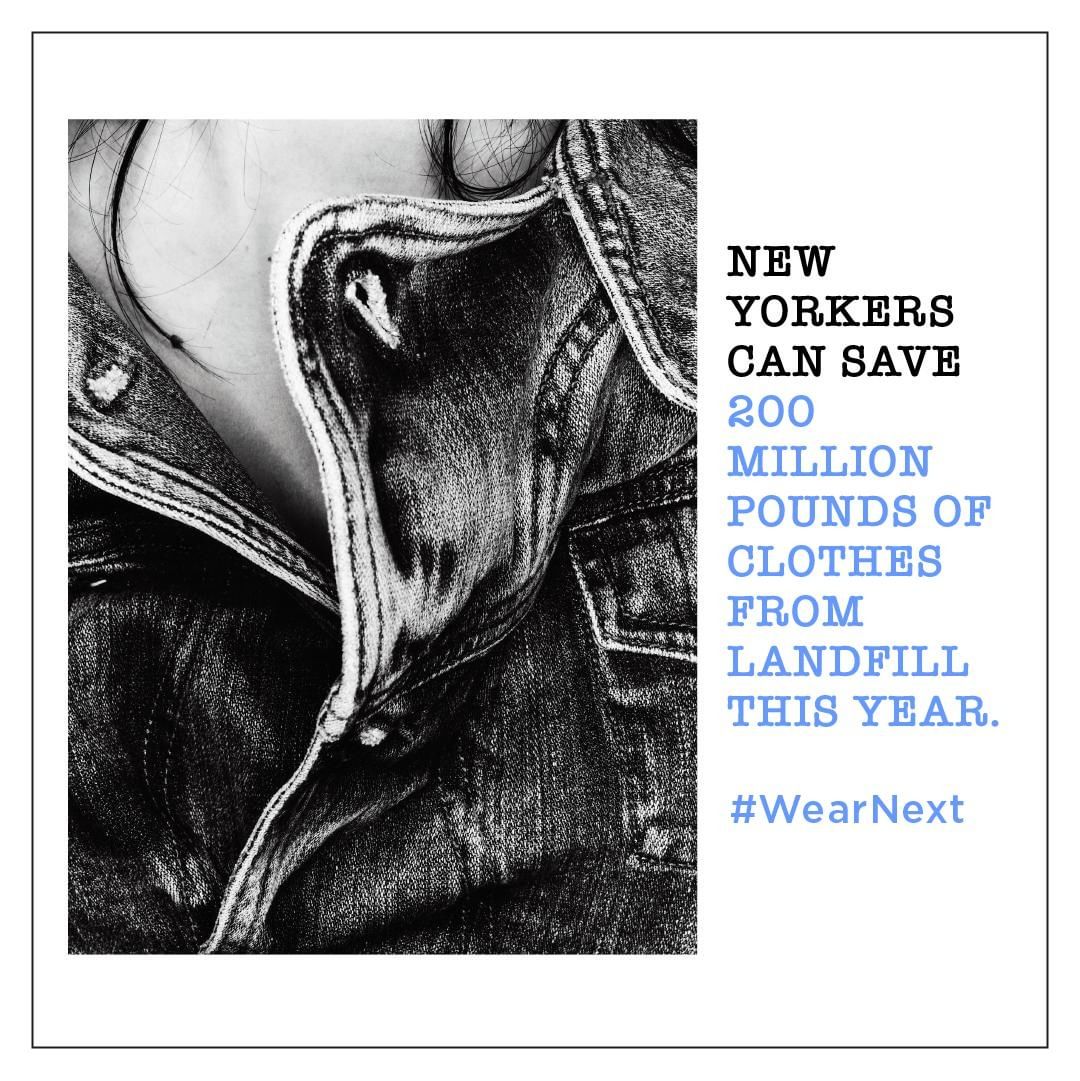Frankly, it hasn’t been a great year for the planet considering the massive, looming climate crisis. It has made it awfully hard for any one industry just to mind their own business––especially the 2.5 trillion dollar fashion industry, whose environmental footprint is not so Gucci, but more Sasquatchian in nature. The good news is sustainability has been at the forefront of the conversation in 2019, with more brands than just Stella Mccartney mobilizing to curb things like carbon emissions, pollution, deforestation and water waste in the name of Mother Nature. A new gen of designers like Marine Serre, PHIPPS and Richard Malone are redefining the role designers play in producing goods; Instagram meme pages like Slow Fashion Memes exist; brands like Gucci, Burberry and Versace have joined others is eliminating the fur from their racks. Last year Burberry announced it would no longer burn unsold clothes––a first for a label of that size; destroying items in this way has been common practice for luxury brands as a way to thwart the cheapening their brand, largely gone unchecked. The real issue though, why all the excess?
Now, the Ellen MacArthur Foundation, with a little help Art Partner, wants to help consumers get in on the action by having introduced the global upcycle initiative “Make Fashion Circular”, which was launched in 2018, to New York City with help from its Department of Sanitation and the New York City Economic Development Corporation. The project’s lead, Francois Souchet, said, “As customers, we know where we buy our clothes and we know where we have worn them, but #WearNext is about the next stage of that journey – where do our clothes go when we have finished with them?.” Until June 9th, more than 1,100 clothing collection locations are littered (pun intended) across the city, aided by brands like H&M, Gap, ASOS, Zara and more. The program’s #WearNext hashtag is meant to encourage donations, repairing, reselling and swapping of consumers’ old clothes instead of putting them in the bin where they’ll add to the 200 million pounds of clothing that winds up in New York City’s landfills each year. “We also need to recognise that customers alone cannot fix the fashion industry’s waste and pollution problems. We need the industry to work together to create a system where clothes are made from safe and renewable materials, new business models increase their use, and used clothes are turned into new ones,” Souchet continued to say. So this Earth Day, join the effort to reduce fashion’s waste by upcycling!
Collection points can be found here! Follow @make_fashion_circular on Instagram and @CircularFibres on Twitter to find out more.


